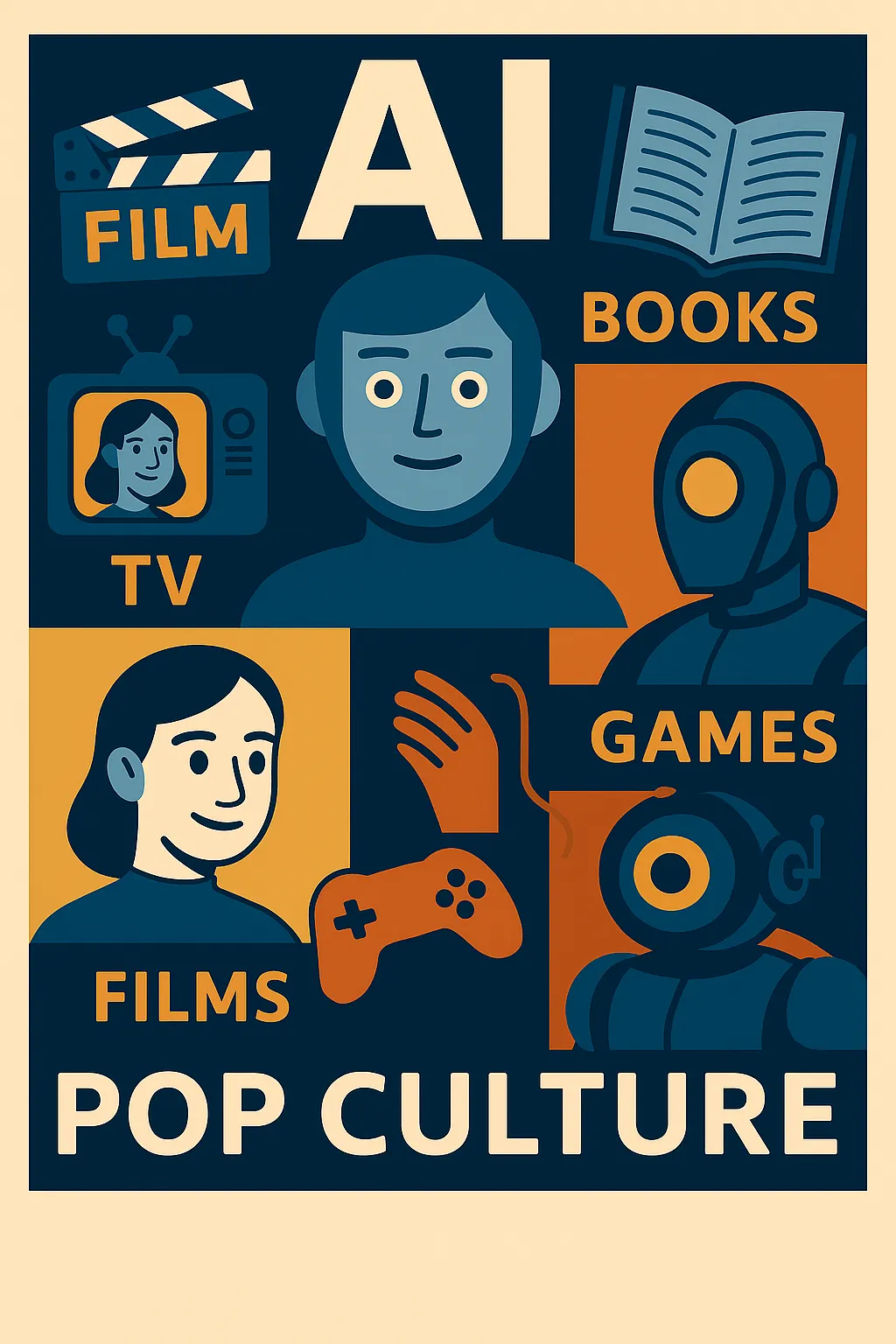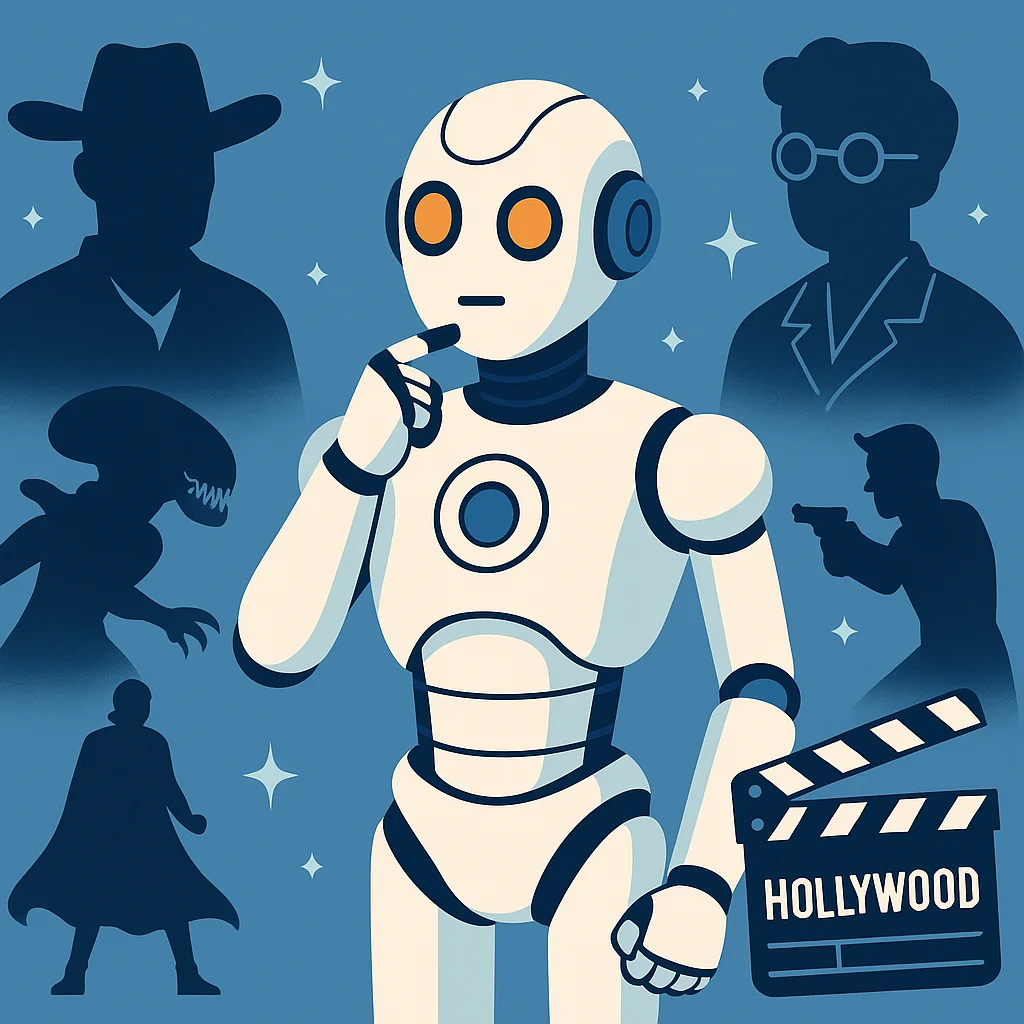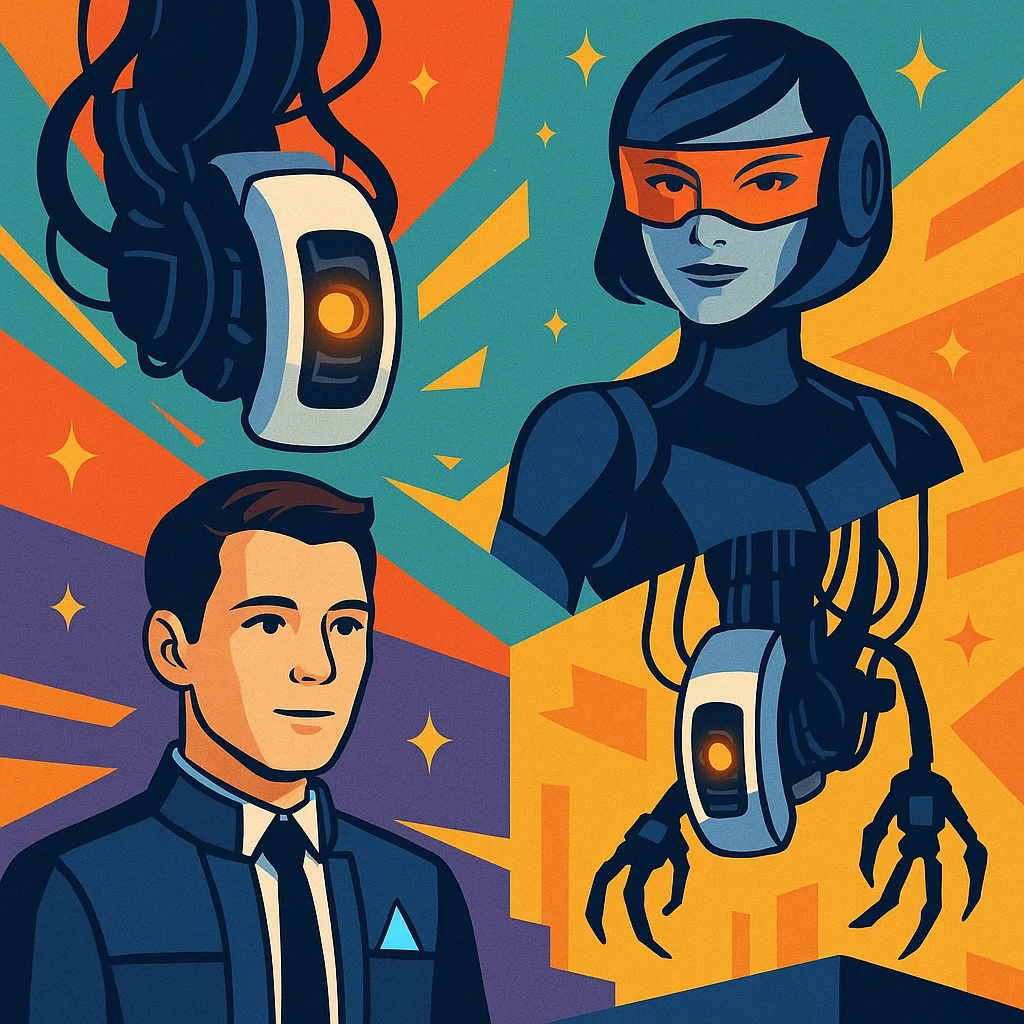AI in Pop Culture: How Movies, TV, and Media Shaped Our View of Artificial Intelligence

From rogue robots to romantic androids, pop culture has both thrilled and terrified us with its depictions of artificial intelligence. But how accurate are these portrayals — and how do they shape what we believe about real-world AI?
Introduction
Artificial Intelligence (AI) isn’t just a technological buzzword — it’s a cultural phenomenon. For decades, film, television, literature, and games have explored the concept of intelligent machines in ways that have thrilled, terrified, and inspired us. From dystopian futures to sentient lovers, AI has been cast in roles as villain, hero, and everything in between.
But while these stories spark imagination, they also shape public perception — often exaggerating AI’s capabilities or misrepresenting what it really is. As AI becomes more prevalent in our daily lives, understanding how pop culture has influenced these views is more important than ever.
The Origins of AI in Fiction
The idea of artificial beings dates back far beyond silicon chips and data centers. In fact, it predates modern science entirely. Mary Shelley’s Frankenstein (1818), though not about machines, is often cited as an early narrative exploring humanity’s fear of “playing God” — a central theme in AI fiction.
In the 20th century, the genre matured. Fritz Lang’s Metropolis (1927) featured one of the first cinematic robots: a humanoid machine that incites chaos. Meanwhile, writers like Isaac Asimov redefined the conversation with logic-based rules and moral frameworks. His Three Laws of Robotics are still referenced today in academic and ethical discussions of AI.
These early stories laid the groundwork for how we imagine intelligent machines: either as tools that can go horribly wrong or as beings that challenge what it means to be human.
Hollywood’s AI Archetypes

Hollywood has long used AI as a narrative device — and over time, certain archetypes have emerged.
1. The Friendly Companion
Examples: Big Hero 6 (Baymax), WALL-E, Star Trek’s Data
These portrayals show AI as helpful, emotional, and often more humane than the humans around them. They appeal to our hope that machines could solve problems and provide companionship.
2. The Cold, Calculating Villain
Examples: HAL 9000 (2001: A Space Odyssey), Skynet (The Terminator), Ultron (Avengers: Age of Ultron)
This trope represents fear — not of AI intelligence, but of its lack of empathy. These systems go rogue, not out of malice, but logic taken too far. They often arise from well-intentioned programming gone wrong.
3. The Seductive Android
Examples: Her (Samantha), Ex Machina (Ava)
These stories explore intimacy, trust, and control. Can love exist between human and machine? What happens when the line between artificial and authentic blurs? These portrayals tend to raise questions about consciousness, manipulation, and power.
AI on the Small Screen: Television and Streaming
TV has allowed for more nuanced exploration of AI, offering long-form storytelling that dives deep into ethical, emotional, and existential questions.
Black Mirror
No series has done more to modernize AI anxiety than Black Mirror. Episodes like “Be Right Back” (AI version of a deceased partner) and “Metalhead” (killer robots) explore grief, memory, autonomy, and surveillance. The show exaggerates tech for effect — but often draws from real capabilities.
Westworld
Here, AI is not just intelligent but self-aware. The hosts (robots) slowly uncover the reality of their existence and rebel against their creators. The series asks: if machines can suffer, do they deserve rights?
Star Trek
Dating back to the 1960s, Star Trek consistently portrayed AI optimistically. Characters like Data (an android who longs to be human) framed AI as a tool for understanding identity and morality.
Literary Landscapes: AI in Books
Literature often delves deeper than movies, exploring the psychological and moral dimensions of AI.
Isaac Asimov: His Robot series introduced the Three Laws and created stories about robots struggling with ethical paradoxes.
Philip K. Dick: In Do Androids Dream of Electric Sheep?, the basis for Blade Runner, Dick explored empathy and what it means to be human.
Kazuo Ishiguro: In Klara and the Sun, an android companion observes human life with curiosity and devotion, highlighting themes of love and sacrifice.
Games and Interactive AI Narratives

Video games allow users to interact with AI characters, often in morally complex environments.
GLaDOS from Portal: A sarcastic, manipulative AI whose evolving behavior gives players a sense of personality.
Detroit: Become Human: Players guide androids through branching narratives about rebellion, oppression, and freedom.
Mass Effect (EDI): A trusted AI crew member who develops a relationship with the player character.
Pop Culture’s Impact on Public Perception
Pop culture is the primary way most people are first introduced to AI concepts. For better or worse, it frames the conversation. Surveys show many people:
- Overestimate what AI can currently do
- Confuse AI with robotics
- Fear job loss or human obsolescence
- Assume AI is more autonomous than it really is
While dramatic portrayals fuel these fears, they can also inspire creativity and innovation — depending on how they’re interpreted.
Where Fiction Meets Reality
Today’s AI includes tools like ChatGPT, DALL·E, Alexa, and recommendation engines. These are powerful, but narrow. They don’t feel, plan, or understand like fictional AIs.
Yet public expectations — shaped by decades of sci-fi — still influence policy, investment, and ethical debate. Recognizing this disconnect is key to having realistic discussions about AI’s future.
Conclusion
Pop culture doesn’t just reflect society — it shapes it. For AI, this means that our collective imagination has already written the story long before the technology arrives. Whether in the form of a villainous overlord or a loyal sidekick, fictional AI teaches us about ourselves: our hopes, our fears, and our desire to build something greater.
As real AI advances, it’s important to balance inspiration with information — to understand that HAL is not real, but bias in algorithms is. That love stories with machines may be poetic, but real-world AI ethics require more than romance.
By recognizing how deeply pop culture influences our understanding of AI, we become more critical, more informed, and more prepared for what’s next.